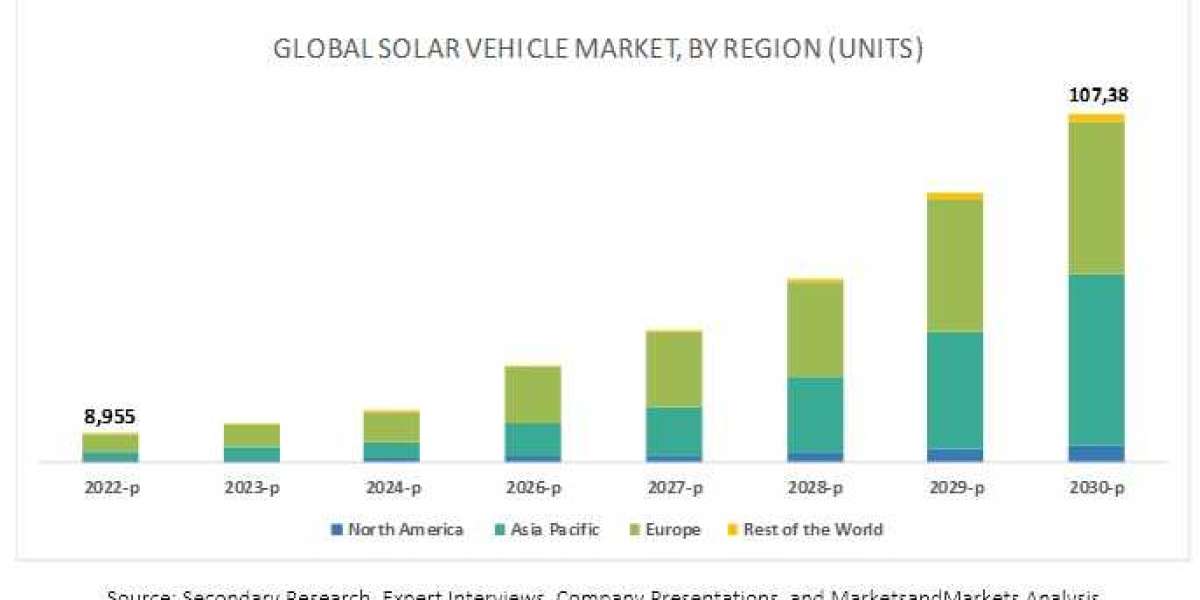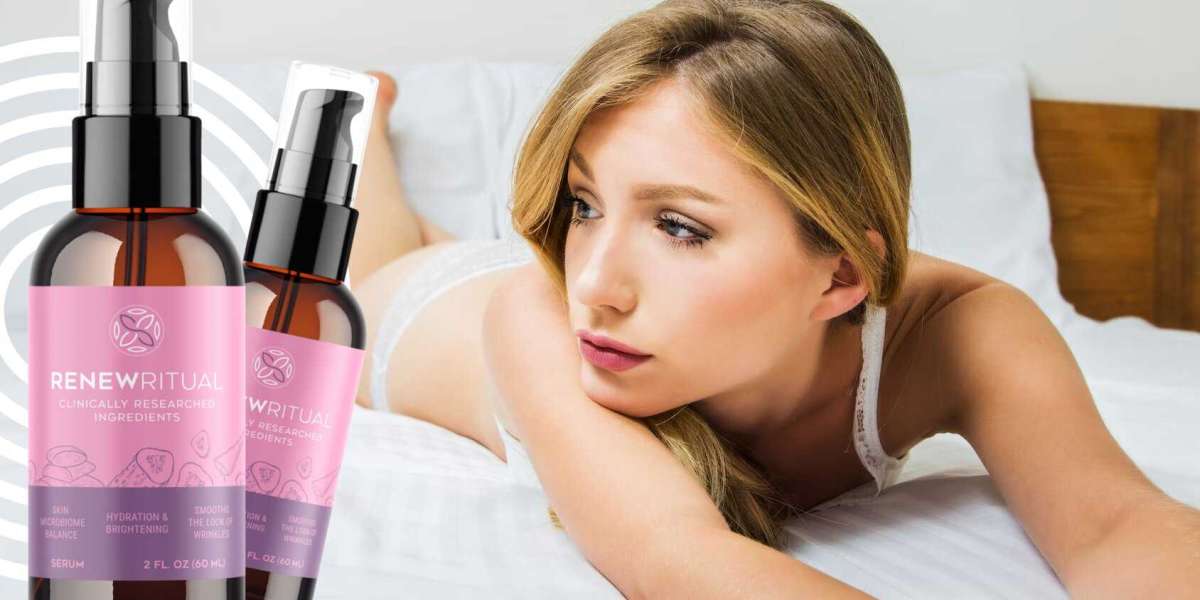Hair loss affects millions of people worldwide, driving the demand for treatments that can offer effective and lasting results. One popular solution is Platelet-Rich Plasma (PRP) therapy, a minimally invasive procedure that uses the body's own healing properties to promote hair growth. But how long do the results of PRP last for hair restoration? In this blog, we’ll explore what PRP is, how it works, and what factors influence the longevity of its effects.
Understanding PRP Therapy for Hair:
PRP therapy in Islamabad is a regenerative treatment that involves drawing a small amount of blood from the patient and then processing it to separate the platelets from the rest of the blood. These platelets contain growth factors that play a key role in healing and tissue regeneration. When injected into the scalp, PRP stimulates hair follicles, helping them transition from the dormant (resting) phase to the active (growing) phase.
The idea behind PRP for hair is that it increases blood circulation in the scalp, nourishing the hair follicles with growth factors that encourage new hair growth and enhance the thickness of existing hair.
How PRP Promotes Hair Growth:
Hair growth occurs in cycles: the anagen (growth) phase, the catagen (transition) phase, and the telogen (resting) phase. People suffering from hair loss often have follicles that are stuck in the telogen phase, where hair stops growing. PRP works by jump-starting these dormant follicles and encouraging them to enter the anagen phase, leading to new hair production.
PRP therapy also reduces inflammation in the scalp, which is often a contributing factor to hair loss, especially in conditions like androgenetic alopecia (male and female pattern baldness). By addressing both follicle inactivity and inflammation, PRP can be a powerful tool in combating hair loss.
How Long Does PRP Last?
PRP therapy for hair loss is not a one-time solution; the longevity of results depends on several factors. On average, patients see results that last anywhere from 6 months to a year after the initial series of treatments. However, ongoing maintenance sessions are usually necessary to keep the hair growth sustained.
Initial Treatment Schedule:
Most patients start with a series of three to four PRP treatments, spaced about 4 to 6 weeks apart. This initial phase helps to kickstart the hair follicles and maximize the potential for new growth. After the first few treatments, patients typically begin to notice improvements in hair thickness and a reduction in hair shedding within a few months.
Maintenance Phase:
To maintain the results achieved from the initial treatment, maintenance sessions are typically recommended every 6 to 12 months. These follow-up treatments help sustain the effects of PRP by continuing to nourish the hair follicles with growth factors, ensuring that the progress made during the initial phase is not lost.
Factors That Influence How Long PRP Results Last:
While PRP can offer long-lasting benefits, the duration of its effects varies from person to person. Here are some of the key factors that affect how long PRP results last:
1. Severity of Hair Loss:
The extent of hair loss plays a significant role in how long the effects of PRP last. Individuals who are in the early stages of hair thinning are more likely to see longer-lasting results compared to those with more advanced hair loss. If the hair follicles are still viable, PRP can help keep them active and producing hair for a longer period. In cases where the follicles are completely inactive, PRP may not be as effective or long-lasting.
2. Patient’s Age:
Younger individuals tend to respond better to PRP treatments because their hair follicles are usually more responsive to growth factors. As we age, the capacity of the body to regenerate tissues diminishes, which may impact how long PRP results last for older individuals.
3. Genetics:
Genetics play a crucial role in how long PRP results last. Some people may experience longer-lasting effects due to a slower progression of genetic hair loss, while others may see the benefits diminish more quickly if they are predisposed to rapid hair thinning.
4. Overall Health and Lifestyle:
A patient’s overall health and lifestyle can greatly influence the effectiveness and longevity of PRP results. Factors like diet, stress levels, and exercise habits all contribute to the health of hair follicles. Maintaining a healthy diet rich in vitamins like biotin and zinc, managing stress, and leading a generally healthy lifestyle can extend the results of PRP therapy.
How to Maximize PRP Results:
Although PRP therapy can produce impressive results for many individuals, there are additional steps you can take to prolong the effects:
1. Follow Post-Treatment Instructions:
After each PRP session, it is crucial to follow the care instructions provided by your doctor. This might include avoiding strenuous physical activity, not washing your hair for a certain period, and keeping the scalp protected from sun exposure.
2. Use Hair Growth Products:
Many patients choose to complement their PRP treatments with hair growth products like minoxidil or supplements that support hair health. These products can help enhance and maintain the results of PRP therapy.
3. Schedule Regular Maintenance Treatments:
As mentioned earlier, scheduling maintenance sessions every six months to a year is key to sustaining the benefits of PRP. During these sessions, additional injections are administered to help keep hair follicles healthy and active.
4. Maintain a Healthy Lifestyle:
A healthy lifestyle can make a big difference in how long PRP results last. Eating a balanced diet, staying hydrated, and managing stress will not only benefit your overall well-being but also support better hair growth.
Conclusion: How Long Does PRP Last for Hair?
PRP therapy offers a promising and minimally invasive solution to hair loss, with results that can last anywhere from six months to a year. While it’s not a permanent fix, regular maintenance treatments can help prolong the benefits. Factors like the severity of hair loss, age, genetics, and lifestyle choices all influence how long PRP results last.
By working with a qualified healthcare provider and following a tailored treatment plan, you can optimize your PRP experience and enjoy fuller, healthier hair for the long term.
For more information visit Dynamic Clinic PK.














